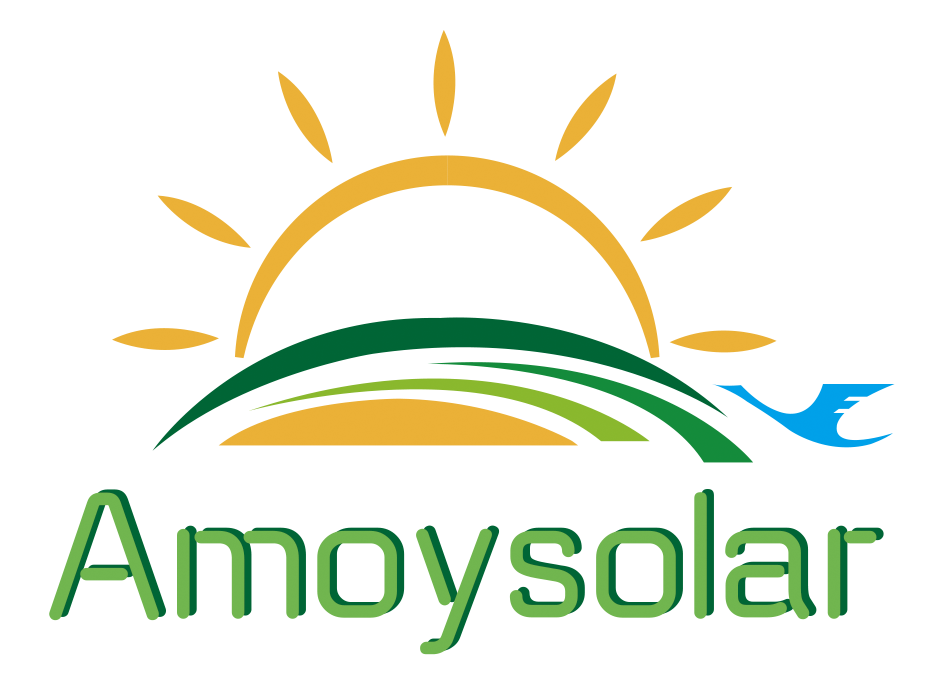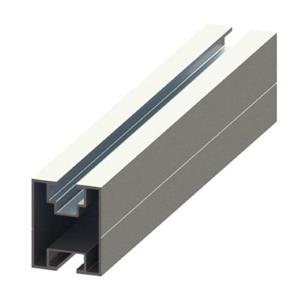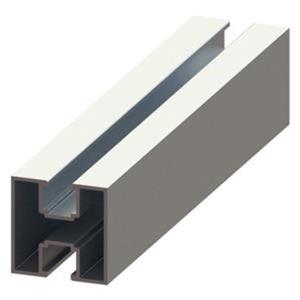How community solar can fill gaps in the grid and help housing affordability
By Jeff St. John
A key advantage of community solar-battery projects is their flexibility: Because they’re relatively small, typically about 5 megawatts, they can be built and connected to the grid in many places that utility-scale solar can’t, Sutterman said. That could unlock options for dealing with a number of challenges California faces in achieving its climate and energy targets.
One big challenge is the backlog of utility-scale projects trying to connect to the state’s transmission grid. Grid operators and utilities across the country can’t interconnect large-scale solar, wind and battery projects at nearly the pace they’re being planned, and California is no exception.
The CPUC has ordered California’s utilities and community energy providers to procure a massive 85 gigawatts of new clean energy capacity by 2035, more than double the generation capacity on its grid today. But already, utilities are reporting trouble meeting the CPUC’s shorter-term targets of getting 11.5 gigawatts of zero-carbon resources onto the grid by 2026.
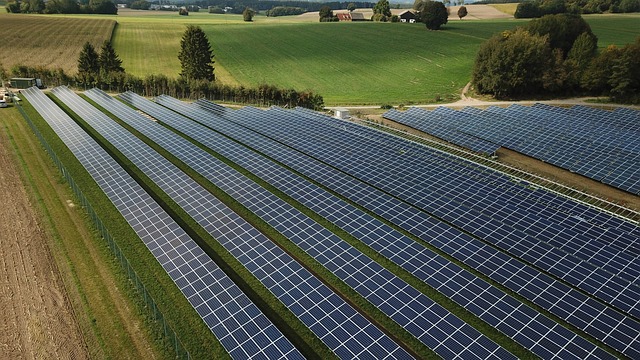
Community solar-battery projects avoid this problem because they connect directly to the lower-voltage distribution grids that carry power to customers. Because of their smaller size, they can be sited on empty lots, warehouse rooftops and other areas closer to the customers they serve.
This map from CCSA indicates how much community solar could be sited on open ground or on rooftops across the state (the orange and blue dots), overlaid with the parts of the state designated as disadvantaged communities being targeted for more affordable energy (the dark gray areas).
CEJA and the Sierra Club have been fighting for decades to close the peaker plants, including many that were due to shut down years ago under state coastal-water regulations. But rising grid-reliability challenges have led regulators to keep these coastal plants open well past planned closure deadlines. That comes at not only a public-health and environmental cost, but a financial cost, too — last month the state agreed to pay about $1.2 billion to the operators of three plants in the Los Angeles basin to keep them open through 2026.
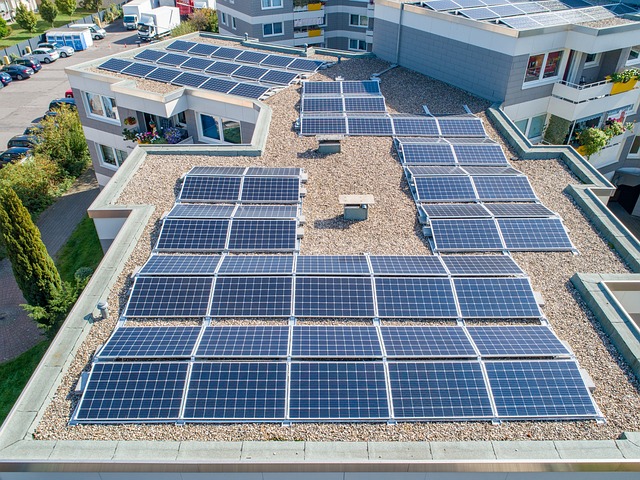
Community-solar backers hope that new solar-battery systems could potentially replace the need for those plants by storing solar during the day and discharging it during peak hours. Turning this idea into reality would require a number of steps, from actually building the solar-battery systems to assuring utilities, regulators and state grid operator CAISO that they’re reliably providing enough peak power.
But this map, derived from CCSA data, indicates that the distribution grid in the LA basin would be able to absorb additional power from community solar-battery systems installed on large commercial and industrial rooftops.
Beyond helping renters in low-income communities gain access to cheaper solar power and potentially reducing the need for polluting peaker plants, community solar could also help address sky-high housing costs in California, Smithwood said.
State building codes require solar for new homes and low-rise buildings. But the CPUC’s recent changes reducing rooftop solar values — and a pending decision that could undermine the economics of another program for shared-solar systems at apartment buildings — could make it increasingly hard for housing developers to absorb the higher costs of adding solar because the value of that solar is falling.
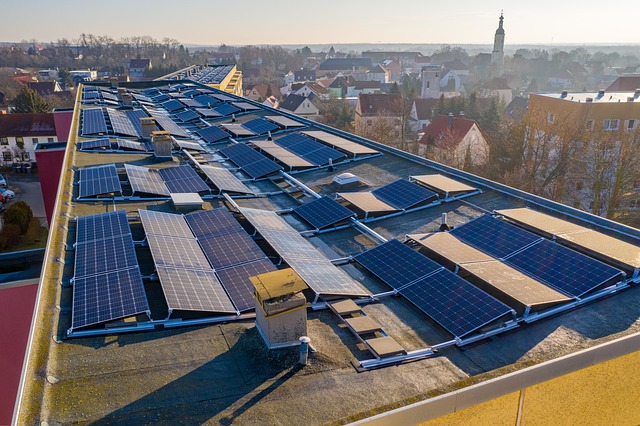
The California Energy Commission, which sets state building codes, reached a compromise with homebuilder groups to allow community solar to replace the requirement for new solar on every new home. But if the CPUC doesn’t adopt a community solar tariff that makes it cost-effective to build projects, that won’t be a realistic option.
That’s why the California Building Industry Association, a trade group that’s not often aligned with solar and environmental advocates, threw its support behind AB 2316 and the NVBT.
California will need between 250 and 450 megawatts of community solar every year for homebuilders to meet the state’s building-code mandates through community solar projects, Chris Ochoa, CBIA’s senior counsel for codes, regulatory and legislative affairs, wrote in an August opinion piece. But without the CPUC taking action to implement a workable program, “there is effectively no way to do community solar in the state,” he wrote.
